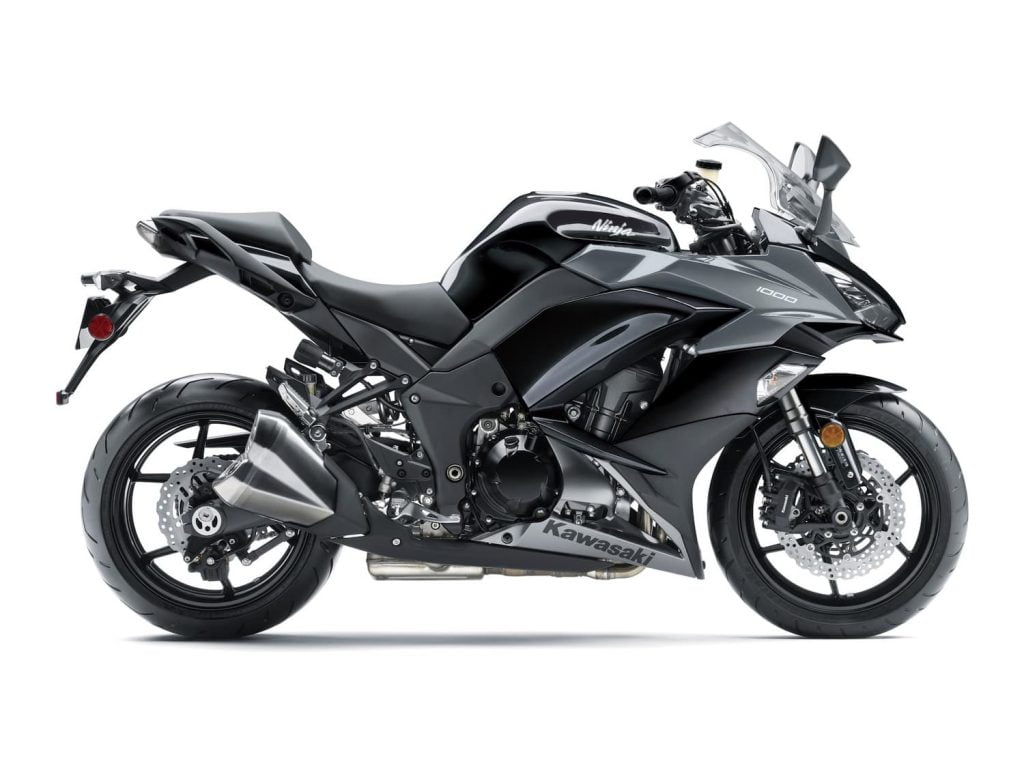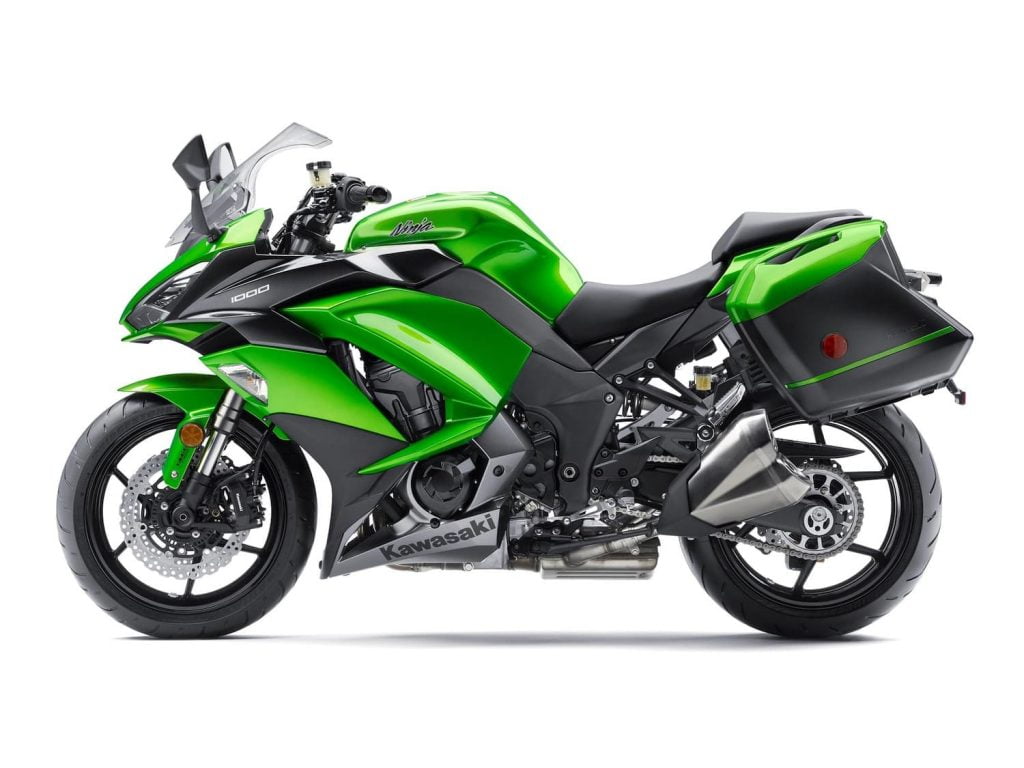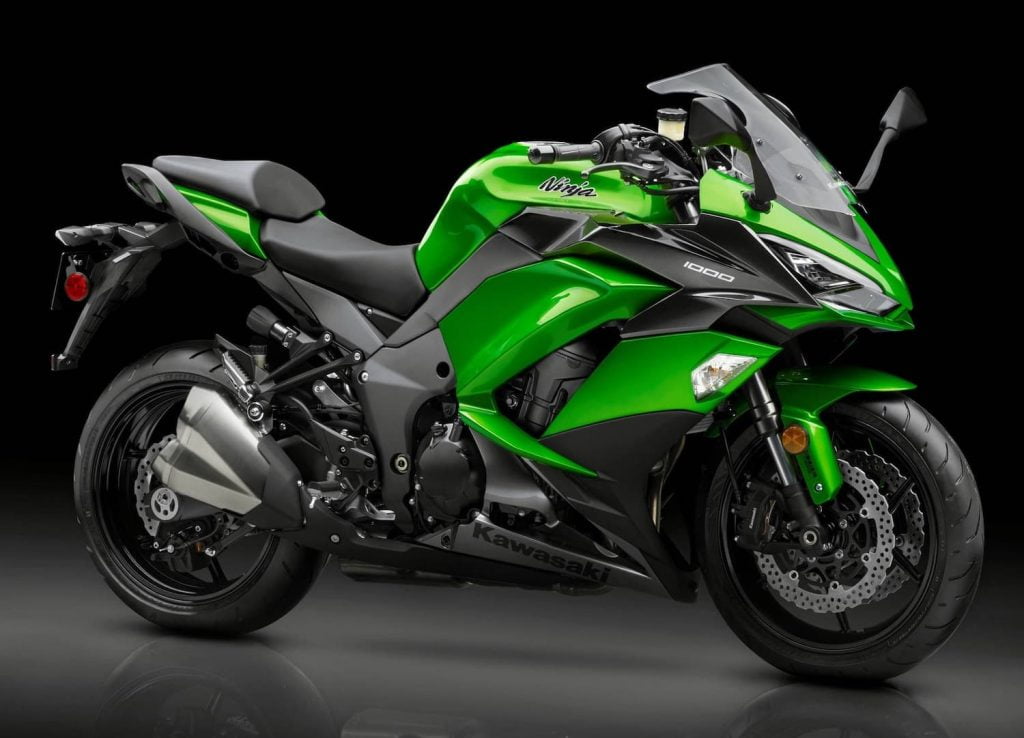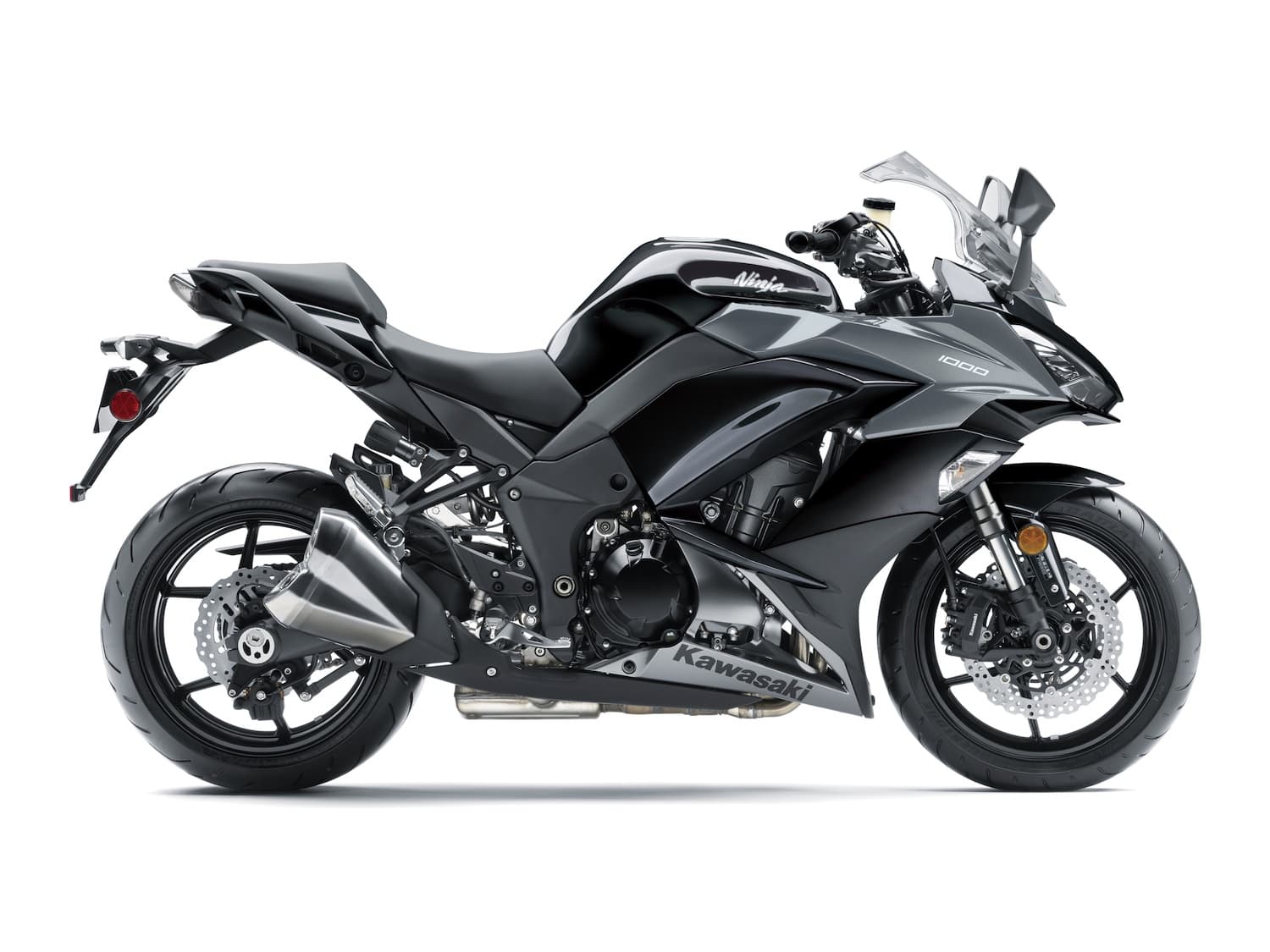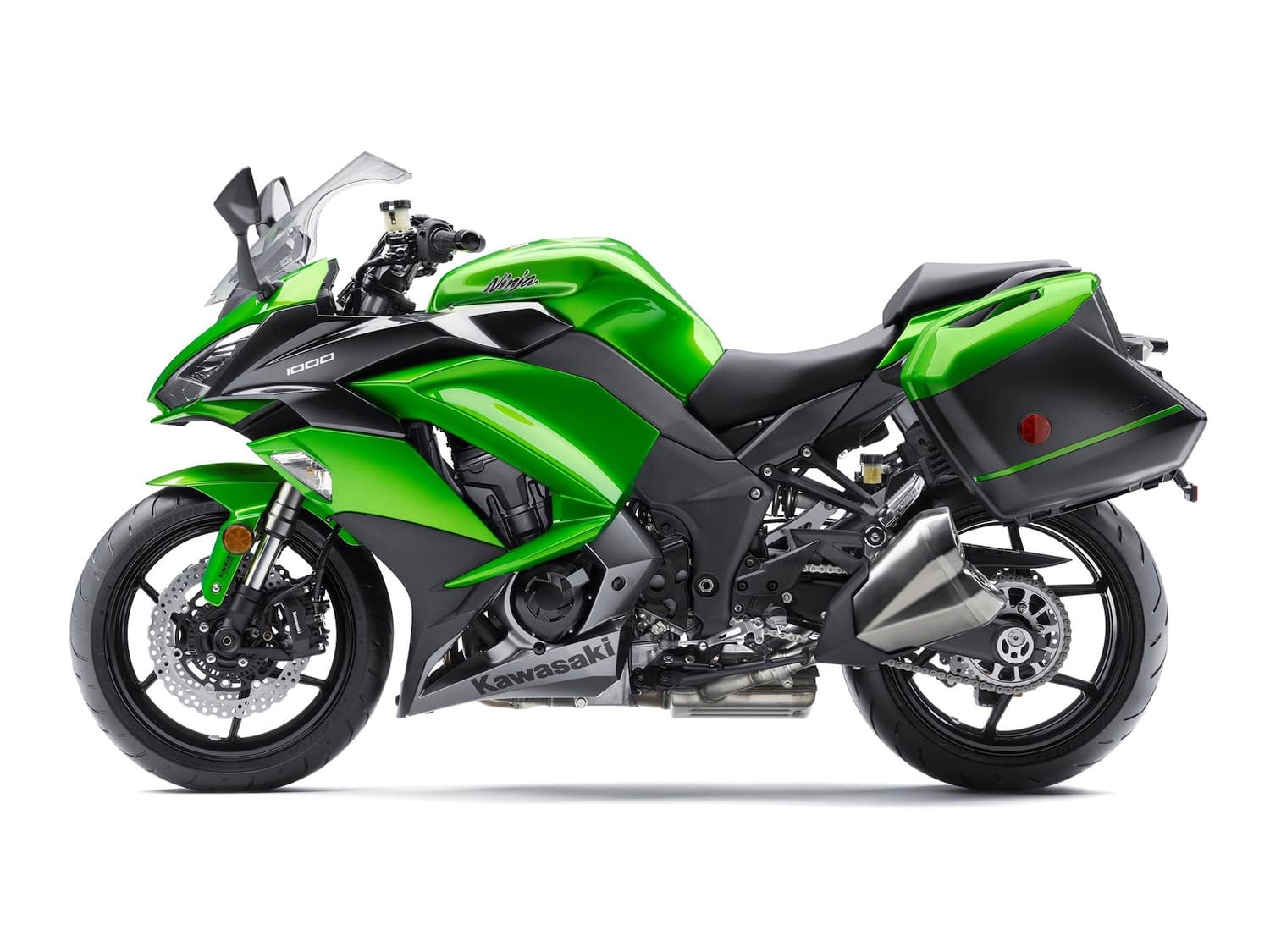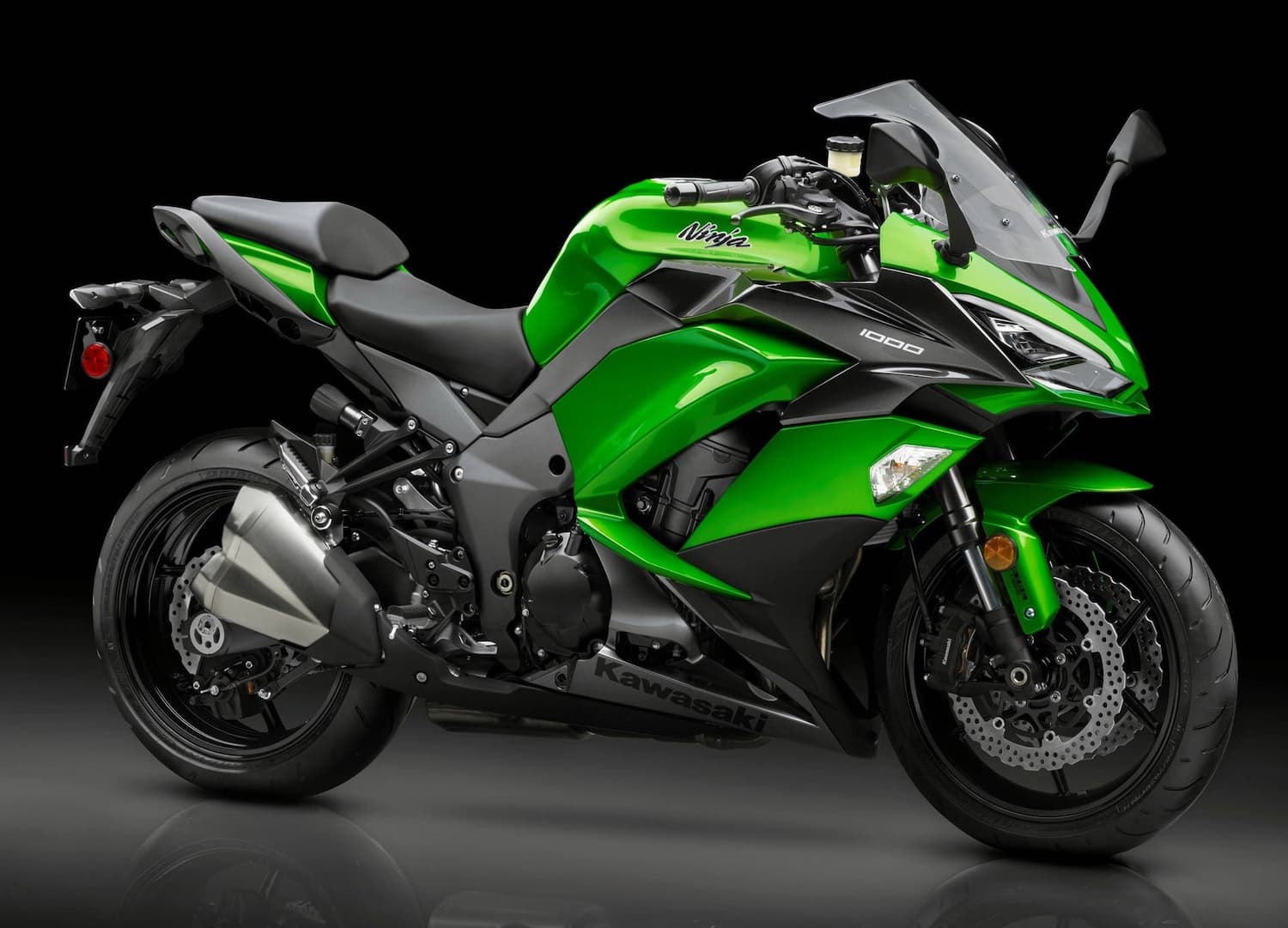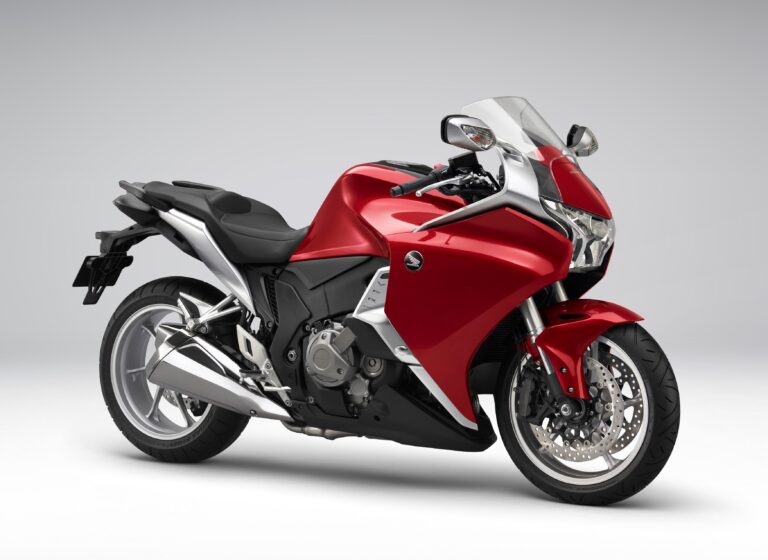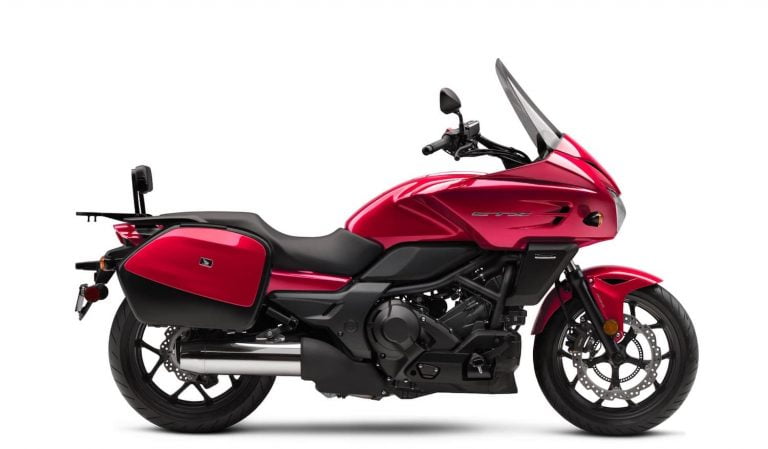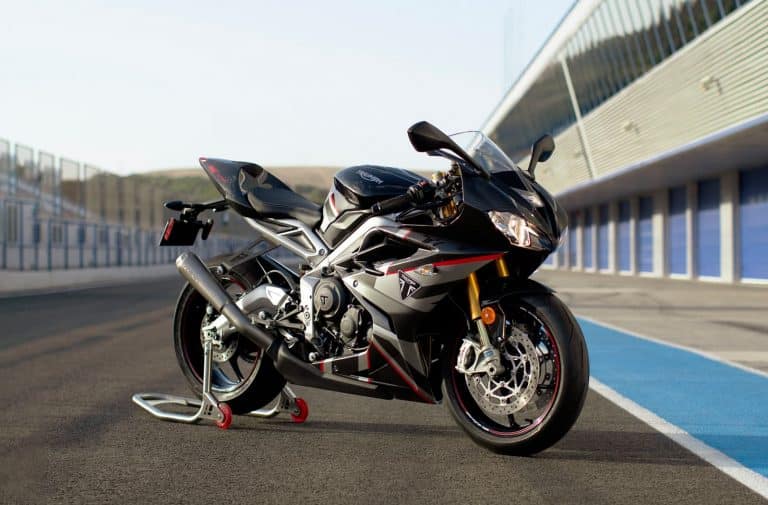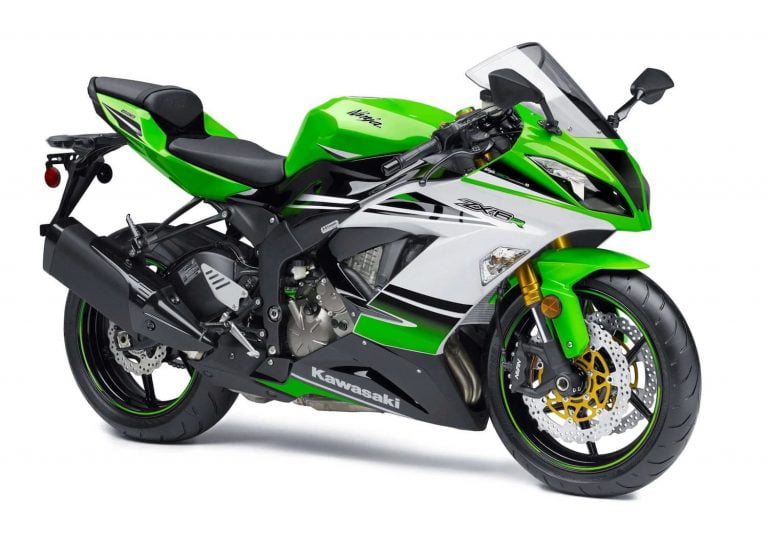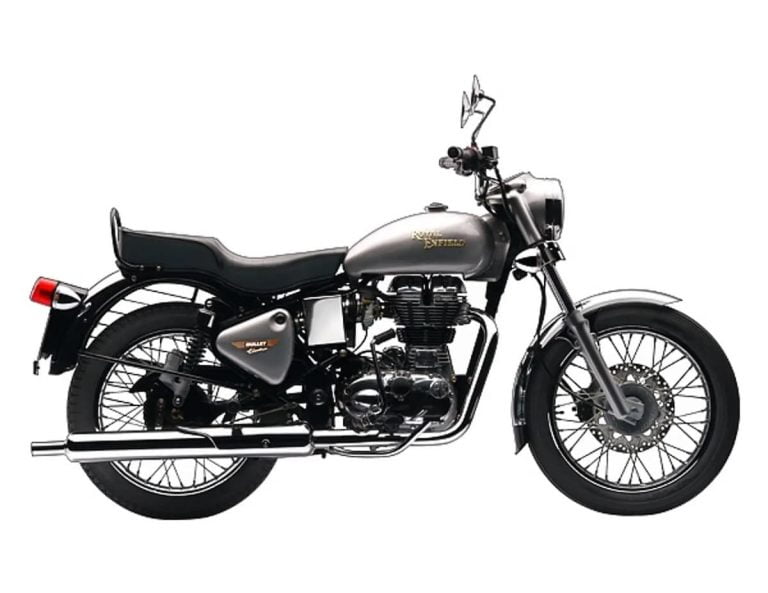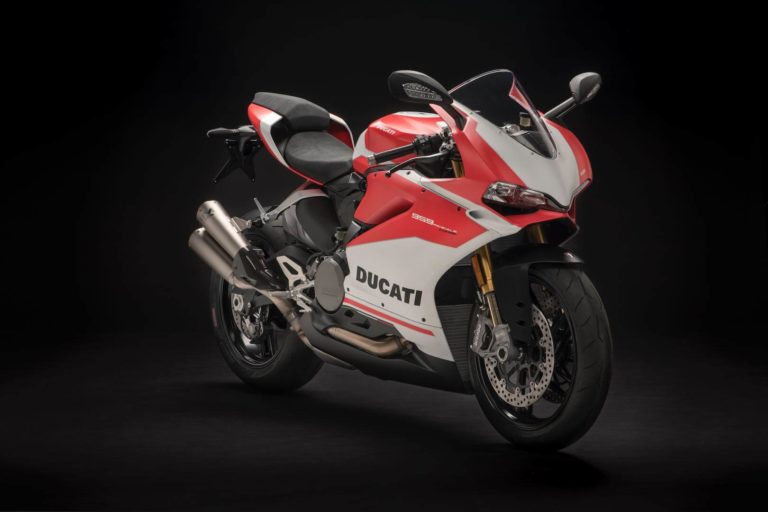Kawasaki Ninja 1000 Gen 3 (2017-2019) Maintenance Schedule and Service Intervals
This is the maintenance schedule with associated service intervals for the Kawasaki Ninja 1000 Gen 3, made between 2017-2019. This motorcycle was also known as the Ninja 1000 SX or the Z1000SX.
The Kawasaki Ninja 1000 is a sport-touring motorcycle released in 2010 and sold since model year 2011. It has evolved during the years, adding refinement, some power, and a lot of technology to it — becoming one of the early affordable motorcycles with a full 6-axis IMU for example. The Ninja 1000 Gen 3 was sold since 2017 (see below for the changes).
It’s unrelated to other motorcycles in the Ninja range. The engine for the Gen 3 comes from the 2014 Z1000, similar to the Gen 2 — a big-bore mid-range-tuned inline four. Despite being quite different in design from Kawasaki’s superbikes, the Ninja 1000 is a fast bike, making 100+ kW (140 hp) from its 1043cc engine.
Major generations of the Ninja 1000 were:
- Kawasaki Ninja 1000 Gen 1 (2011-2013): The base model, the 1,043cc sport touring bike we all love.
- Kawasaki Ninja 1000 Gen 2 (2014-2016): Enhanced Tokico brakes. Traction control, power modes, and optional ABS (standard in some parts of the world). Revised suspension, bodywork, and induction.
- Kawasaki Ninja 1000 Gen 3 (2017-2019): A 6-axis IMU giving it lean angle-aware ABS and traction control. Standard ABS, and new styling.
- Kawasaki Ninja 1000SX Gen 4 (2020+): Ride by wire, cruise control, more ride modes, shortened trail, electronic suspension, revised tuning and camshaft profiles, an up/down quick shifter, a sweet colour TFT dashboard, and more changes.
Internally the Ninja 1000 didn’t change dramatically, with some parts being the same for all generations.
This site has links for things like oil and spark plugs from which we earn a commission (which unfortunately nobody can save, not even us). If you appreciate this work, then please use those links. Thanks!
Kawasaki Ninja 1000 Service Intervals
Overall, the Gen 3 Kawasaki Ninja 1000 has 7600 miles / 12000 km or annual service intervals between oil changes. At every oil change, also change the filter.
Kawasaki recommends changing the spark plugs every 7600 miles / 12000 km (though not with a time component, as with oil), and to check the valve clearances every 15000 miles / 24000 km.
Make sure you also regularly change the coolant and the brake fluid (every two years is a good general guide).
There is guidance below on checking the chain slack and also adjusting it.
What you need to service the 2017-2019 Kawasaki Ninja 1000 Gen 3
To maintain the Kawasaki Ninja 1000 Gen 3, you need the following basic consumables, in addition to basic motorcycle maintenance tools.
| Part | Kawasaki Ninja 1000 Gen 3 Spec |
|---|---|
| Oil | You need 4.0L (4.2 US qt) of SAE 10W-40 engine oil “with API SG, SH, SJ, SL or SM with JASO MA, MA1 or MA2 rating”, preferably Kawasaki 10W-40 Engine Oil. Don’t over-torque the drain bolt (spec is 29 Nm/21 lb-ft per the manual) — use a torque wrench if you don’t have experience with how much torque is enough. |
| Oil filter | Oil filter is part 16097-0008, or you can use Hiflofiltro HF303RC. Torque for oil filter is 17 Nm (13 ft-lb) (use a torque wrench, and it’s easier on the Hiflofiltro one) |
| Front brake pads | Genuine part number for front brake pads is 43082-0144 for the Ninja 1000. Get double-sintered EBC brake pads for better bite and wear — code FA379HH. |
| Rear brake pads | Genuine part number for rear brake pads is 43082-0167. Get double-sintered EBC brake pads for better bite and wear — code FA192HH. |
| Spark plugs | NGK CR9EIA-9, with a spark plug gap of 0.8-0.9mm (use a spark plug gapping tool), torqued to 13 Nm or 9 ft-lb (use a torque wrench) |
| Air filter | Genuine part number is 11013-0712. You can also use the HifloFiltro part HFA2620. |
| Cable lubricant | Remember to lubricate your clutch cable (and brake cables if you have them) with a cable lubricant. Protect All Cable Life is a good general-purpose lubricant. |
| Chain lubricant | The chain needs to be lubricated every 600 km/400 miles (or more, if it gets wet/dirty). Motul chain paste is cheap and well-loved. |
| Brake fluid | Spec is to use DOT-4 brake fluid, like Castrol DOT 4 |
| Coolant | Use 2.9L (about 3.1 US qt) of “soft water and ethylene glycol plus corrosion and rust inhibitor chemicals for aluminum engines and radiators”, e.g. Valvoline Zerex G05 |
| Grease | Use a lithium soap-based grease for all the important greasing points. |
Maintenance schedule for the Kawasaki 2017-2019 Ninja 1000 Gen 3
Below is the maintenance schedule for the Kawasaki Ninja 1000 Gen 3.
The format of the maintenance schedule has evolved since previous generations, though the content didn’t change substantially.
Notes on letters used:
- I = Inspect
- R = Replace
- L = Lubricate
- (C) Service more frequently in severe conditions: dusty, wet, muddy, high speed, or frequent starting/stopping
- (D) California model only
| km x 1000 | 6 | 12 | 18 | 24 | |
|---|---|---|---|---|---|
| mi x 1000 | 3.8 | 7.6 | 11.4 | 15.2 | Every |
| Engine oil and oil filter | R | R | Year, R | ||
| Air filter | R | More often if riding in rain or dusty conditions | |||
| Spark plugs (NGK CR9EIA-9) | R | R | |||
| Valve clearances | I | ||||
| Idle speed | I | I | |||
| Throttle control system (play, smooth return, no drag) | I | I | Year, I | ||
| Engine vacuum synchronization | I | I | |||
| Fuel system | I | I | Year, I | ||
| Fuel hoses | 5 years, R | ||||
| Evaporative emission control system | I | I | I | I | |
| Coolant level | I | I | |||
| Cooling system | I | I | Year, I | ||
| Coolant, water hoses, and O-rings | 3 years or 36K km (22.5K mi), R | ||||
| Air suction system | I | I | |||
| Clutch operation (play, engagement, disengagement) | I | I | |||
| Tire air pressure | I | I | Year, I | ||
| Wheels and tires | I | I | Year, I | ||
| Wheel bearing damage | I | I | Year, I | ||
| Drive chain wear | I | I | |||
| Drive chain guide wear | I | I | |||
| Brake system | I | I | I | I | Year, I |
| Brake operation (effectiveness, play, no drag) | I | I | I | I | Year, I |
| Brake fluid level | I | I | I | I | 0.5 year, I |
| Brake fluid (front and rear) | R | 2 years, R | |||
| Brake hose/Rubber parts of brake master cylinder and calipers | 4 years/48K km (30K mi), R | ||||
| Brake pad wear | I | I | I | I | |
| Brake light switch operation | I | I | I | I | |
| Suspension system | I | I | Year, I | ||
| Steering play | I | I | Year, I | ||
| Steering stem bearings | L | 2 years, L | |||
| Electrical system | I | I | Year, I | ||
| Chassis parts | L | L | Year, L | ||
| Condition of bolts, nuts, and fasteners | I | I |
Maintaining Your Chain on the Kawasaki Ninja 1000
It’s important to maintain your chain on the Ninja 1000, as on any chain-driven motorcycle, but especially on an all-weather, all-usage motorcycle like a sport tourer.
Kawasaki recommends you follow the following chain maintenance schedule:
| Chain maintenance item | Every |
|---|---|
| Check drive chain lubrication condition, lubricating if necessary (Motul chain paste) | 400 mi / 600 km |
| Check drive chain slack, adjusting if necessary Target chain slack: 20-30mm (0.8-1.2 in) | 600 mi / 1000 km |
Notes:
- Do these items (checking/adjusting slack, and checking/applying lubrication) more often if you ride your Ninja 1000 in dusty or rainy conditions.
- Always lubricate the chain after washing the motorcycle.
If the slack is too tight or too loose, then loosen the chain adjuster clamp bolts on the left and right, turn both chain adjusters with an Allen wrench until the chain has the right amount of slack, and then tighten the clamp bolts again to 65 Nm / 48 lb-ft. This is a very easy chain tension adjustment procedure as you don’t even have to loosen (then re-tighten) the rear axle.
Tyre sizes for the Kawasaki Ninja 1000 Gen 3
The manual for the Ninja 1000 Gen 3 specifies these tyre sizes, recommends these brands, and specifies these pressures. These don’t change substantially between generations.
| Wheel | Size | Shipped brand | Tyre pressure (cold) |
|---|---|---|---|
| Front | 120/70ZR17 M/C 58W | BRIDGESTONE, BATTLAX HYPERSPORT S20F N | 250 kPa/36 psi |
| Rear | 190/50ZR17 M/C (73W) | BRIDGESTONE, BATTLAX HYPERSPORT S20R N | 290 kPa/42 psi |
There are more advanced tyres out these days that you can get for your Ninja 1000.
About the 2017-2019 Kawasaki Ninja 1000
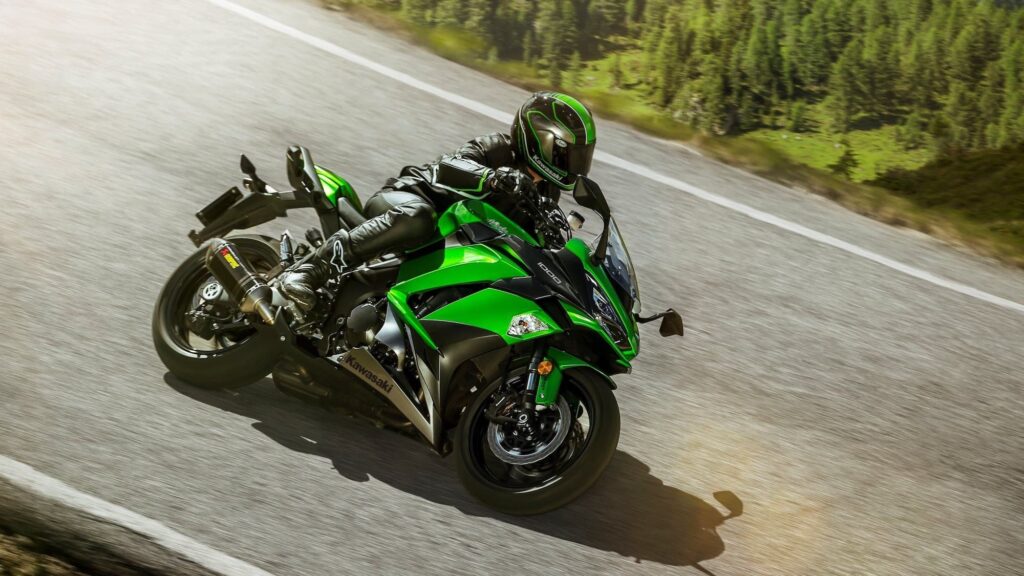
Like previous generations, the 3rd-gen 2017 Kawasaki Ninja 1000 is still a sports tourer with a 100+ kW (140 hp) inline-four engine and many aids to help you go fast for a long time. It’s an evolution of a line that started in 2011 with much the same engine, but with refinements to the engine and ride aids added over time.
But the 2017 model update takes the Ninja 1000 to the front of the pack in the sports tourer category.
Firstly, the category itself was almost dead, thanks to the Ninja 1000. The original versions killed off the VFR800, being more powerful, lighter, and better-equipped (and the same price), and there are few other competitors out there. Most motorcycle buyers (and manufacturers) focus on adventure sport tourers, like the Tracer 900.
The Kawasaki Ninja 1000 has always been an excellent balance between sportiness and comfort. It’s the “gentleman’s sportbike”, or as Cycle World put it, maybe a “Boring ZX-10R”. The core of it remains a 1043 cc inline four-cylinder engine that makes 140 hp (138 bhp) at 9600 rpm — plenty of power and at an accessible point in the rev range.
It has relatively advanced suspension, with adjustability on both ends, and an inverted fork up front. And importantly, it has the looks of a race bike, especially in glorious Kawasaki racing green. Unless of course it’s right next to a ZX-10R, in which case there’s no mistaking it for what it is.
The Kawasaki Ninja 1000 didn’t rest on its laurels, even though the Ninja 1000 has been a class favourite for a long time. In 2017 it got some very significant updates, including
- A 6-axis IMU — giving the 2017 Kawasaki Ninja 1000 Gen 3 lean angle-aware traction control and ABS. This was very unique in motorcycles at the time, especially in Japanese ones, and especially in this category.
- New instrument panel with gear position indicator and a shift light
- LED lights
- Updated bodywork, with more integrated hard luggage, with a new double-bubble windscreen
- Adjustable clutch lever
- Wider mirrors
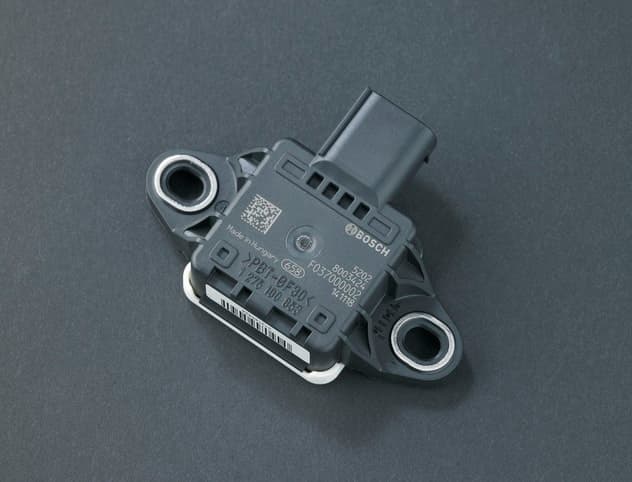
The third gen Kawasaki Ninja 1000 donated its six-axis IMU to the 2019+ Kawasaki Versys 1000, which also got cruise control at the same time.
Kawasaki also made some changes to the internals of the engine. It may seem like the same old 4-cylinder block, but Kawasaki did add a secondary balancer to the crankshaft to reduce vibration, and a new resonator to soften the intake roar below 7000 rpm (but to liven it up beyond!)
Kawasaki motorcycles have always had great intake roar, and the Ninja 1000 is no exception.
From 2020, Kawasaki updated the Ninja 1000, giving it standard cruise control — though heated grips remain an optional extra.
Manual for the Ninja 1000 Gen 3
The above was from the manual for a 2018 Kawasaki Ninja 1000, part of the Gen 3 series.
Here’s a screenshot from the maintenance schedule in the manual.
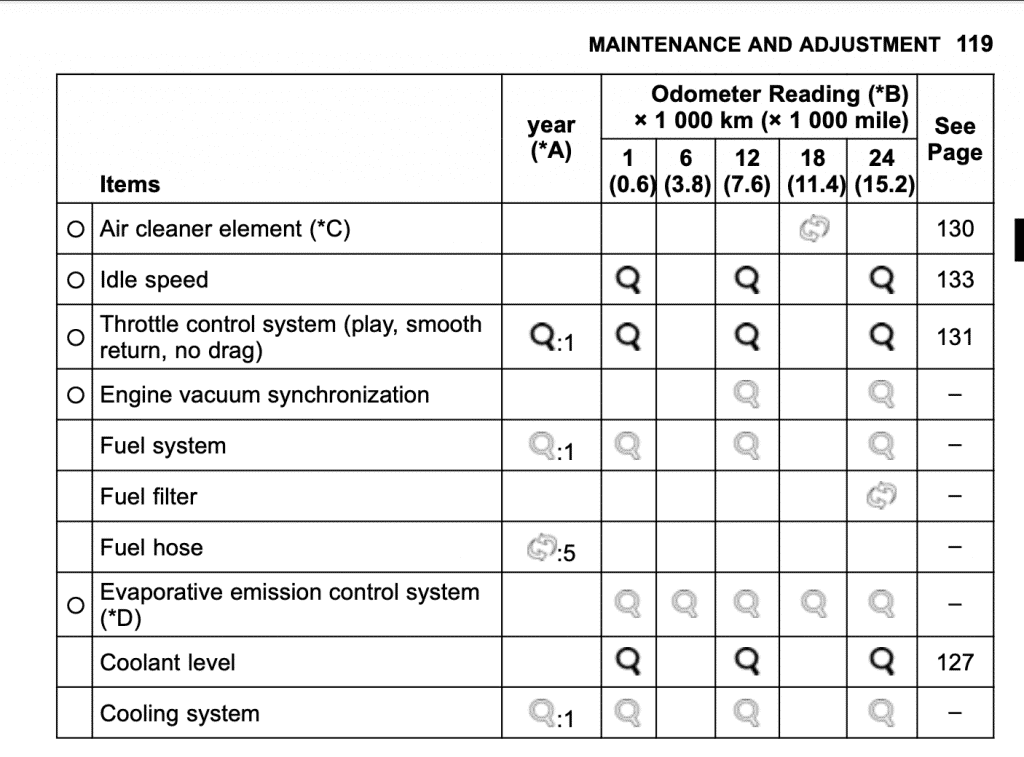
You can access the manual from Kawasaki’s website here.
